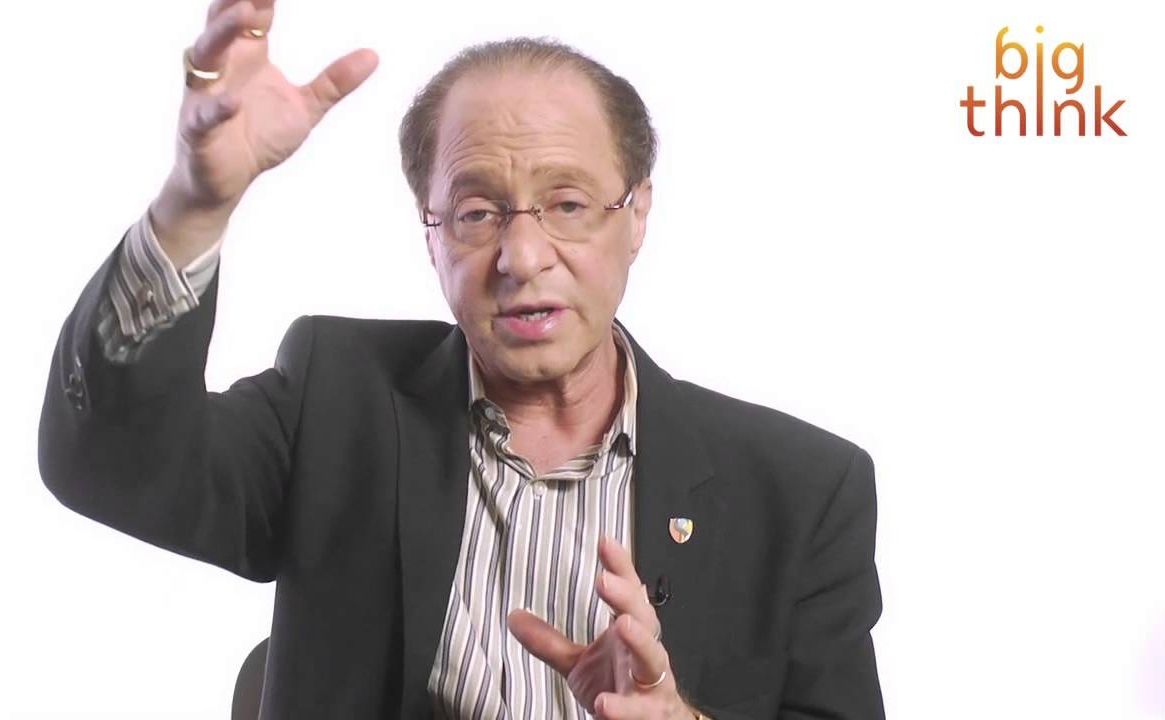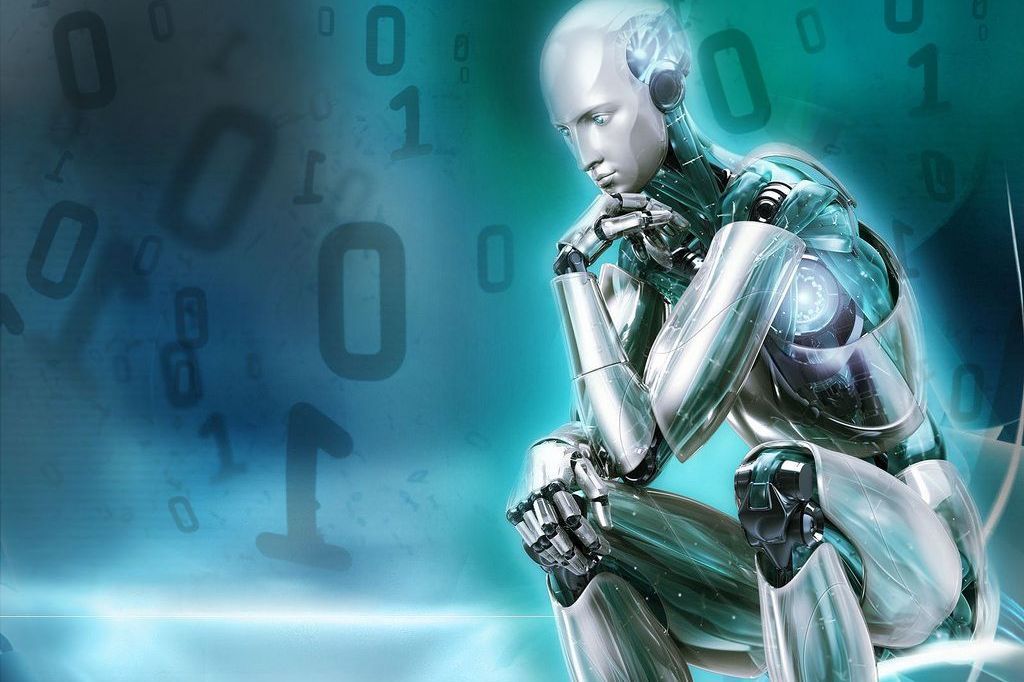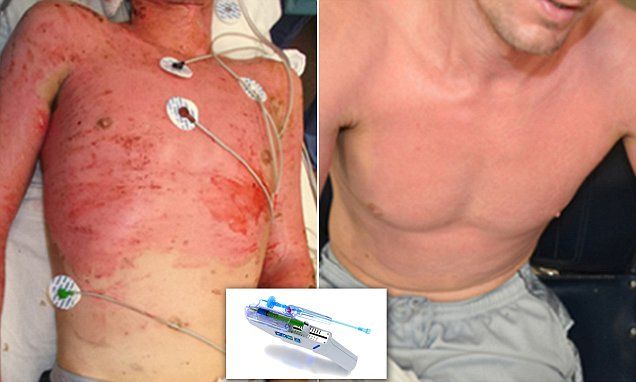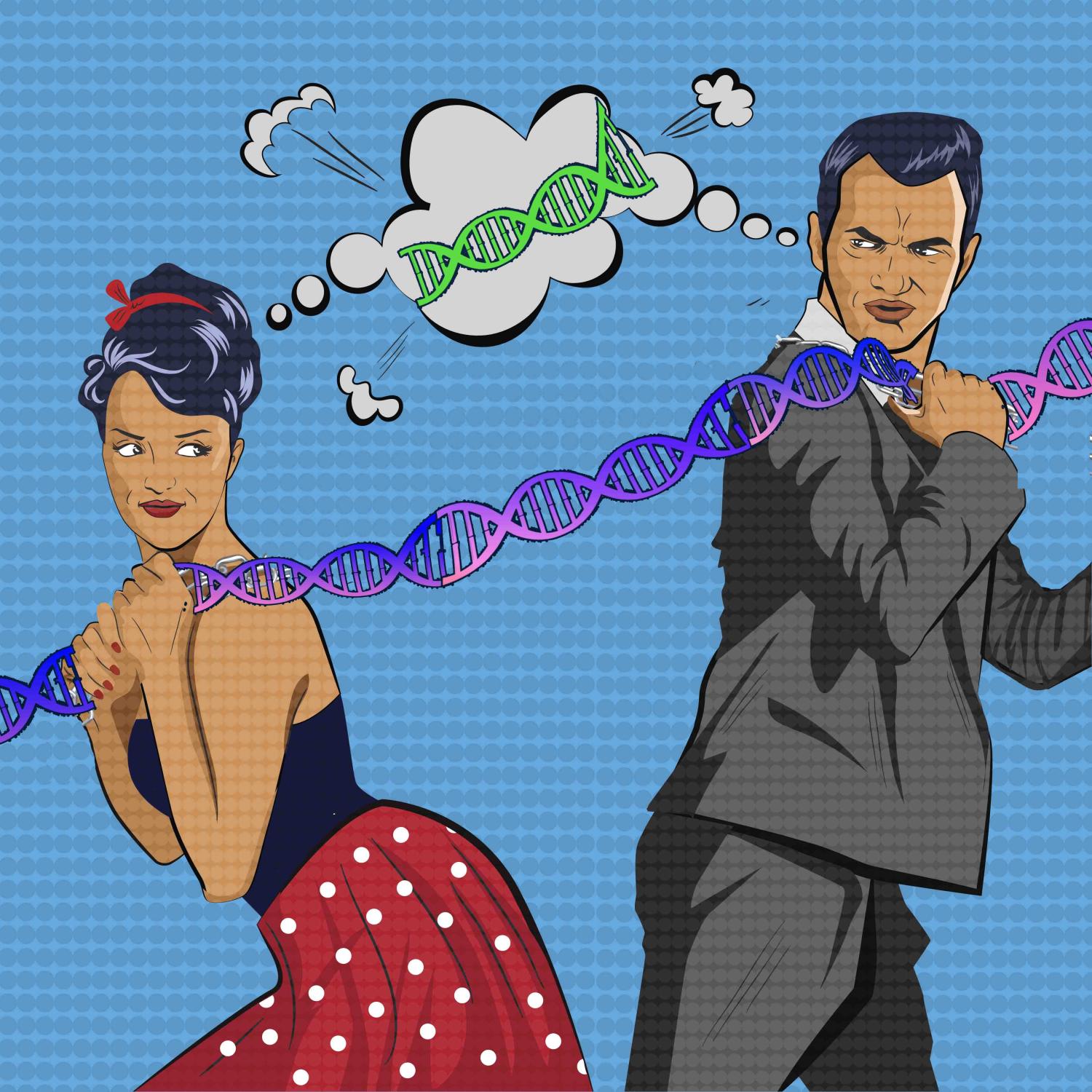Archive for the ‘biotech/medical’ category: Page 2419
May 7, 2017
Capitalism 2.0: the economy of the future will be powered by neural lace
Posted by Zoltan Istvan in categories: biotech/medical, cyborgs, economics, robotics/AI, transhumanism
My new article at Wired UK: http://www.wired.co.uk/article/basic-economy-neural-prosthetics #Future #BasicIncome
But it’ll take more than just a mind tapped into the cloud to be widely competitive in the overall job market. Augmented limbs, bionic organs, and widespread use of exoskeleton technology will be needed to compete against robotic strength.
For years I’ve been supportive of a basic income, which would provide a monthly income for the poor – mostly because I saw it as the only logical way to keep people fed and housed, while still allowing for technological and economic evolution. Now, with neural prosthetics and upgraded bodies, I see the future may, instead, be full of capitalistic enterprise, fuelled by transhumanist technologies that allow us to more closely resemble the machines.
Continue reading “Capitalism 2.0: the economy of the future will be powered by neural lace” »
May 6, 2017
How Crispr Could Snip Away Some of Humanity’s Worst Diseases
Posted by Dan Kummer in categories: biotech/medical, genetics
Hiding a gene-editing snipper inside a peaceful virus could treat everything from HIV to cancer.
May 6, 2017
‘Magic’ skin gun sprays stem cells on to burns victims’ wounds
Posted by Dan Kummer in category: biotech/medical
US doctors are using a new technique that allows patients to regrow a new layer of healthy skin in as little as four days.
Doctors harvested nearly 24 million stem cells from an area smaller than an iPhone 5, and sprayed them back on to his body. After four days, a thin layer of skin had regrown over his arms and chest, areas which had suffered the least deep burns. After 20 days, ‘all of the areas treated with cell spray grafting were noted as completely healed’.
Mr Bold explained that, in normal circumstances, wounds heal from the outside in, with healthy skin on the edges supplying the stem cells needed for the repair process. Plastic surgeons assist by taking skin grafts and puncturing them with many holes. This they lay on the wound. The holes cover over with skin, creating a new layer.
Continue reading “‘Magic’ skin gun sprays stem cells on to burns victims’ wounds” »
May 6, 2017
Deep learning-based bionic hand grasps objects automatically
Posted by Sean Brazell in categories: biotech/medical, cyborgs, robotics/AI, transhumanism
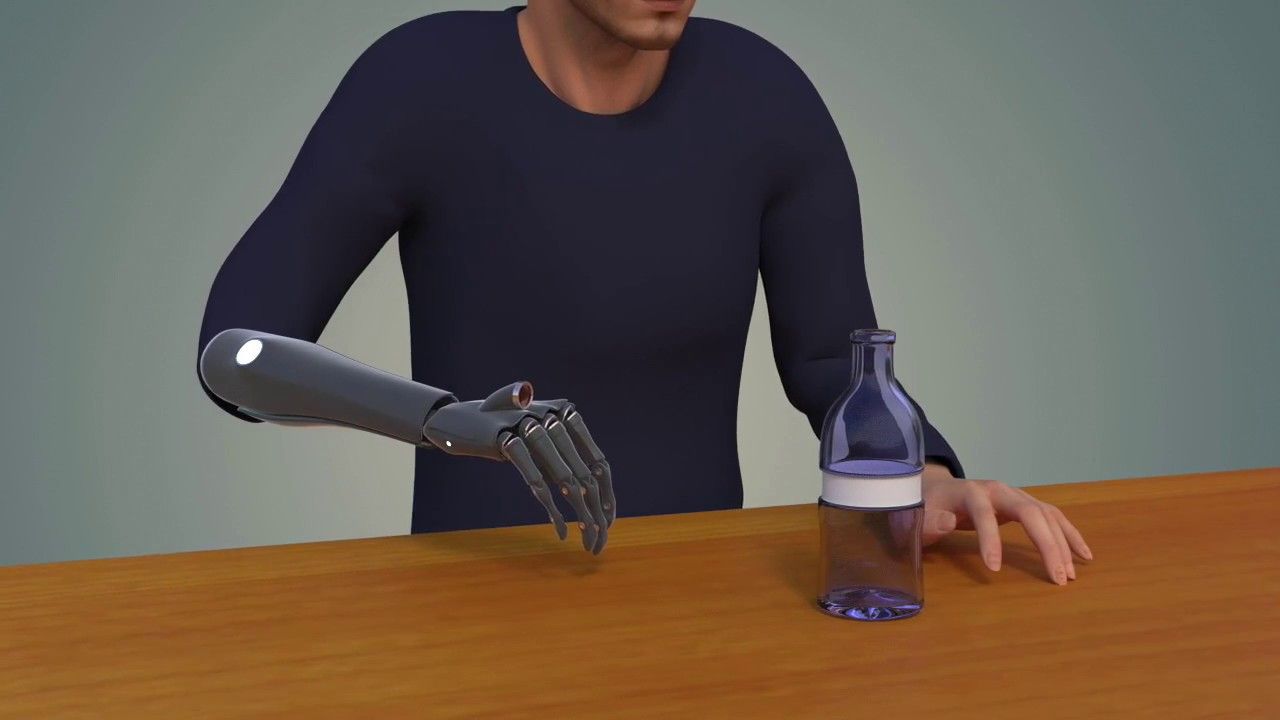
British biomedical engineers have developed a new generation of intelligent prosthetic limbs that allows the wearer to reach for objects automatically, without thinking — just like a real hand.
The hand’s camera takes a picture of the object in front of it, assesses its shape and size, picks the most appropriate grasp, and triggers a series of movements in the hand — all within milliseconds.
Continue reading “Deep learning-based bionic hand grasps objects automatically” »
May 6, 2017
Confirmed: AI Can Predict Heart Attacks and Strokes More Accurately Than Doctors
Posted by Shane Hinshaw in categories: biotech/medical, health, robotics/AI
University of Nottingham researchers created an AI system that scanned routine medical data to predict which patients would have strokes or heart attacks within 10 years. The AI system beat the standard method of prediction, correctly making calls in 355 more cases than traditional means. Predicting cardiovascular events like strokes and heart attacks is a notoriously challenging task. In fact, the researchers note in their recent paper that around half of all strokes and heart attacks occur in patients who were never identified as being “at risk.”
The records included a decade of health outcomes, lab data, drug information, hospital records, and demographic information. The team identified the distinguishing characteristics of patients who experienced strokes and heart attacks using 75 percent of the records. They then tested their models against the standard guidelines using the remaining 25 percent of the records. The standard guidelines scored 0.728 out of 1.0, with the latter signifying 100 percent accuracy. The machine models scored between 0.745 to 0.764, with the neural network making 355 more accurate predictions than the standard guidelines, therefore earning the best score. Had those predictions been made in real time, the patients could have been provided with preventative care.
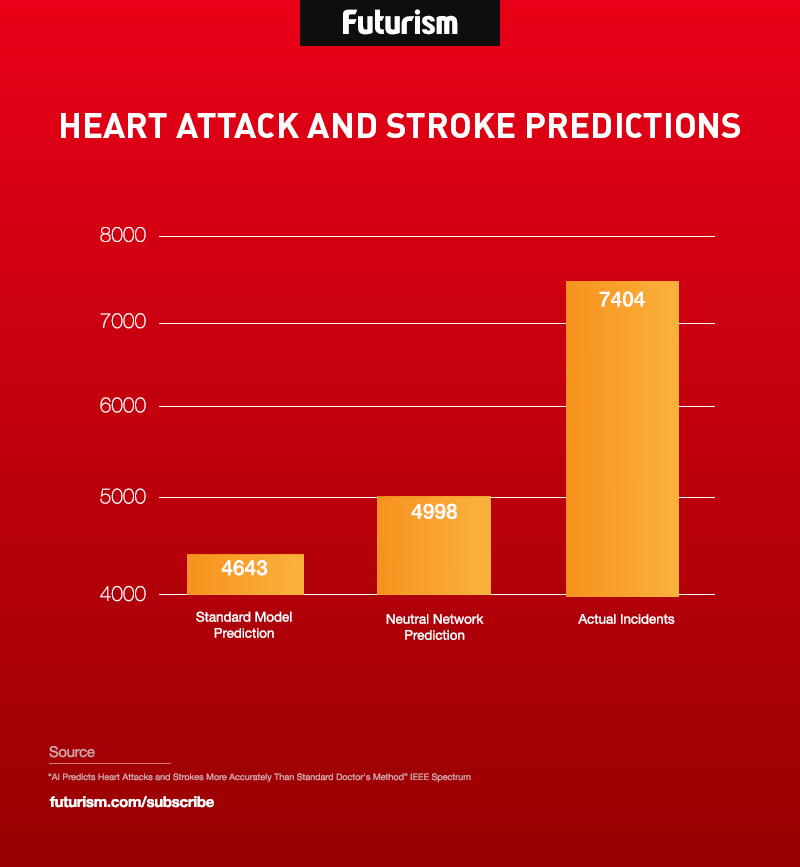
May 6, 2017
Scientists Just Transplanted Small Rat Heads Onto Bigger Rats
Posted by Shailesh Prasad in categories: biotech/medical, neuroscience
 Researches successfully avoided brain-damaging blood loss while the donor head was being attached to the recipient rat.
Researches successfully avoided brain-damaging blood loss while the donor head was being attached to the recipient rat.
The world has been gifted, or maybe cursed, with the latest iteration of creepy head transplant experiments.
In a new study published in CNS Neuroscience and Therapeutics, researchers in China grafted the heads of smaller rats onto the necks of larger rats because we all know that rats with two heads are better than rats with one.
Continue reading “Scientists Just Transplanted Small Rat Heads Onto Bigger Rats” »
May 6, 2017
“Exercise in a Pill” Boosts Athletic Endurance
Posted by Shailesh Prasad in categories: biotech/medical, health
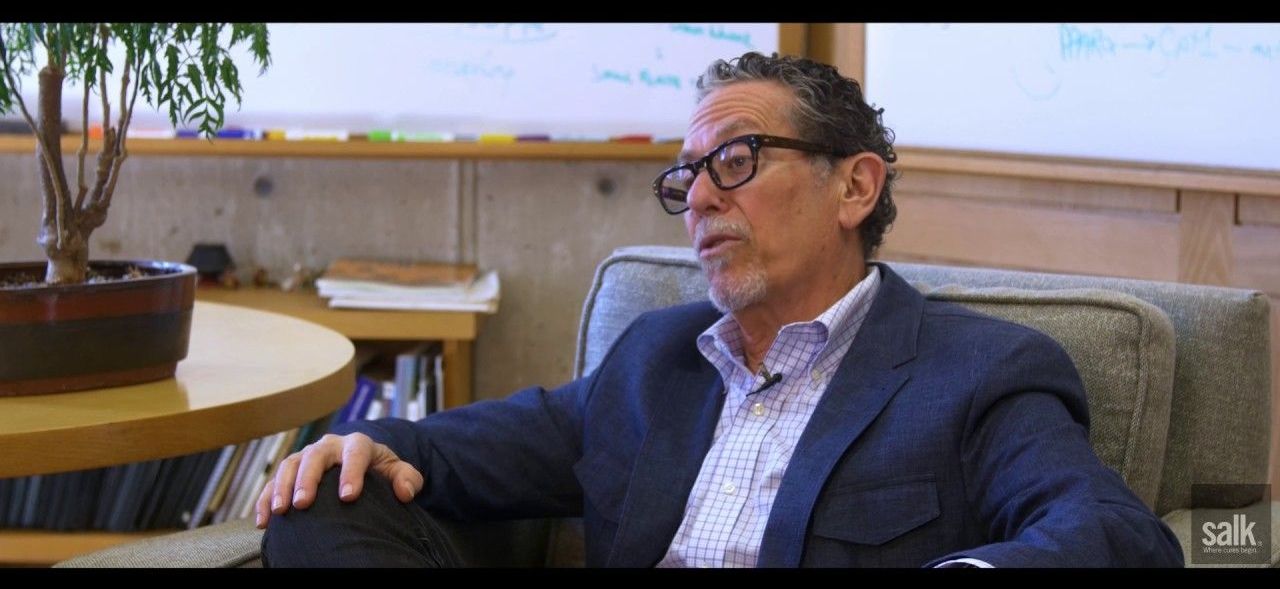
Summary: Chemical compound mimics the beneficial effects of exercise, including fat burning and increasing stamina, a new study reports.
Source: Salk Institute.
Continue reading “‘Exercise in a Pill’ Boosts Athletic Endurance” »
May 5, 2017
Researchers identify 6,500 genes that are expressed differently in men and women
Posted by Shailesh Prasad in categories: biotech/medical, evolution, genetics, sex
Men and women differ in obvious and less obvious ways—for example, in the prevalence of certain diseases or reactions to drugs. How are these connected to one’s sex? Weizmann Institute of Science researchers recently uncovered thousands of human genes that are expressed—copied out to make proteins—differently in the two sexes. Their findings showed that harmful mutations in these particular genes tend to accumulate in the population in relatively high frequencies, and the study explains why. The detailed map of these genes, reported in BMC Biology, provides evidence that males and females undergo a sort of separate, but interconnected evolution.
Several years ago, Prof. Shmuel Pietrokovski and Dr. Moran Gershoni of the Weizmann Institute’s Molecular Genetics Department asked why the prevalence of certain human diseases is common. Specifically, about 15% of couples trying to conceive are defined as infertile, which suggested that mutations that impair fertility are relatively widespread. This seems paradoxical: Common sense says that these mutations, which directly affect the survival of the species by reducing the number of offspring, should have been quickly weeded out by natural selection. Pietrokovski and Gershoni showed that mutations in genes specific to sperm formation persist precisely because the genes are expressed only in men. A mutation that is problematic for only half the population, no matter how detrimental, is freely passed on to the next generation by the other half.
In the present study, the researchers expanded their analyses to include genes that, though not necessary for fertility, are still expressed differently in the two sexes. To identify these genes, the scientists turned to the GTEx project—a very large study of human gene expression recorded for numerous organs and tissues in the bodies of close to 550 adult donors. That project enabled, for the first time, the comprehensive mapping of the human sex-differential genetic architecture.
May 5, 2017
Bottlenecks to the Development of Rejuvenation Biotechnology
Posted by Steve Hill in categories: biotech/medical, genetics, life extension
What are the bottlenecks in developing a rejuvenation biotechnology industry? LEAF takes a look at some of the main problems we are facing in creating that industry.
 One of the most frequent questions we get from the general public is when will rejuvenation therapies arrive? Whilst young people can wait for a few more decades, those in middle age are much more concerned. According to statistics, new drug development takes 17 years on average, but the countdown only begins at the moment when the underlying mechanisms are investigated well enough – which cannot be said about the mechanisms of aging.
One of the most frequent questions we get from the general public is when will rejuvenation therapies arrive? Whilst young people can wait for a few more decades, those in middle age are much more concerned. According to statistics, new drug development takes 17 years on average, but the countdown only begins at the moment when the underlying mechanisms are investigated well enough – which cannot be said about the mechanisms of aging.
We have made great progress in understanding aging in the last decade thanks to the march of technology. One solution to an aging process is entering human clinical trials this year: a therapy to remove aged damaged cells to promote tissue repair and reduce chronic inflammation. This is of course fantastic news but progress is still too slow.
Continue reading “Bottlenecks to the Development of Rejuvenation Biotechnology” »
